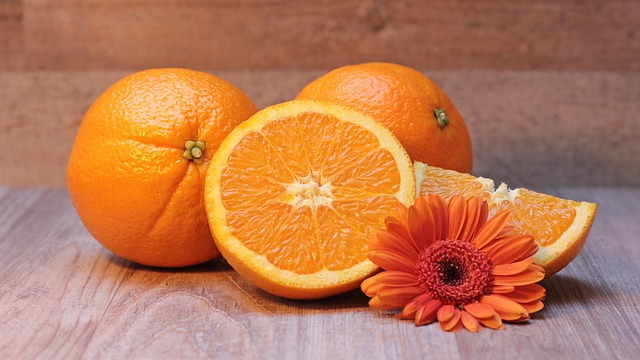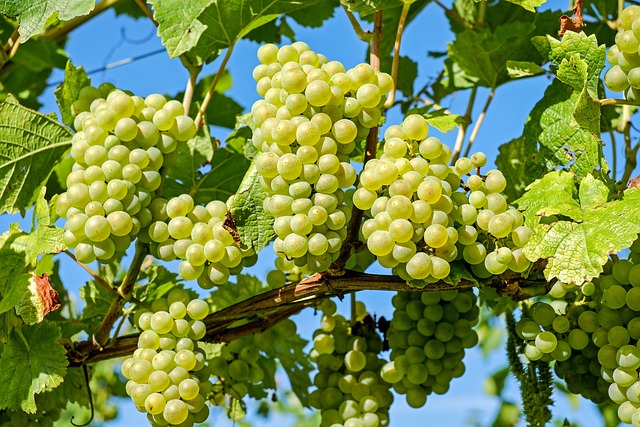Blog: Beyond Yogurt – Discovering Lesser-Known Sources of Probiotics
In recent years, the importance of probiotics for maintaining a healthy gut has gained significant attention. Probiotics are live microorganisms that offer several health benefits when consumed in adequate amounts. While yogurt is perhaps the most well-known source of probiotics, there are numerous other lesser-known sources that can enrich your gut with these beneficial bacteria. In this blog, we will explore some of these alternative sources and how they can contribute to your overall well-being.
Kefir
Kefir is a fermented milk drink that originated in the Caucasus region. Similar to yogurt, kefir is rich in probiotics. It is made by fermenting milk with kefir grains, which are a combination of bacteria and yeast. The fermentation process cultures the milk, resulting in a tangy and slightly effervescent drink. Kefir contains various strains of beneficial bacteria and yeasts, making it a potent source of probiotics.
Sauerkraut
Sauerkraut, a popular side dish made from fermented cabbage, is another excellent source of probiotics. The cabbage undergoes lactic acid fermentation, transforming it into a tangy and crunchy condiment. Not only does sauerkraut provide beneficial bacteria, but it also contains high levels of dietary fiber and vitamins C and K. Incorporating sauerkraut into your meals can diversify your probiotic intake and enhance the overall nutritional value of your diet.
Miso
Miso is a traditional Japanese seasoning produced by fermenting soybeans with salt and a fungus called Aspergillus oryzae. This fermentation process results in a thick paste that is commonly used in miso soup and various other dishes. Miso is a rich source of probiotics and is known for its umami flavor. Additionally, miso contains essential minerals such as copper, manganese, and zinc. Including miso in your diet not only introduces beneficial bacteria but also adds a unique taste to your meals.
Kimchi
Kimchi, a staple in Korean cuisine, is a spicy fermented side dish made primarily from cabbage and radishes. The fermentation process gives kimchi its distinct flavor and transforms it into a probiotic powerhouse. Kimchi is packed with vitamins A, B, and C, as well as beneficial lactic acid bacteria. The combination of its spicy taste and gut-boosting properties makes kimchi a great addition to your meals.
Kombucha
Kombucha is a fermented tea beverage made from sweetened black or green tea. It is produced by adding a culture of bacteria and yeast to the tea and allowing it to ferment for a certain period. The result is a fizzy, tart, and slightly sweet beverage. Kombucha is often enjoyed as a refreshing drink and is an excellent source of probiotics. It also contains antioxidants and various organic acids that contribute to its health benefits.
Tempeh
Tempeh is a traditional Indonesian food made from fermented soybeans. It has a firm texture and a nutty flavor. The fermentation process binds the soybeans together, creating a dense cake-like product. Apart from being a great source of protein, tempeh also provides a variety of beneficial bacteria. Due to its versatility, tempeh can be used as a meat substitute in various dishes, making it an excellent choice for vegetarians and vegans.
Conclusion
While yogurt may be the go-to choice for probiotics, it is important to explore other lesser-known sources to diversify your intake of beneficial bacteria. Incorporating kefir, sauerkraut, miso, kimchi, kombucha, and tempeh into your diet can enhance your gut health and contribute to your overall well-being. These alternatives offer a range of flavors and nutritional benefits, making them appealing options for those looking to incorporate probiotics in new and exciting ways.







